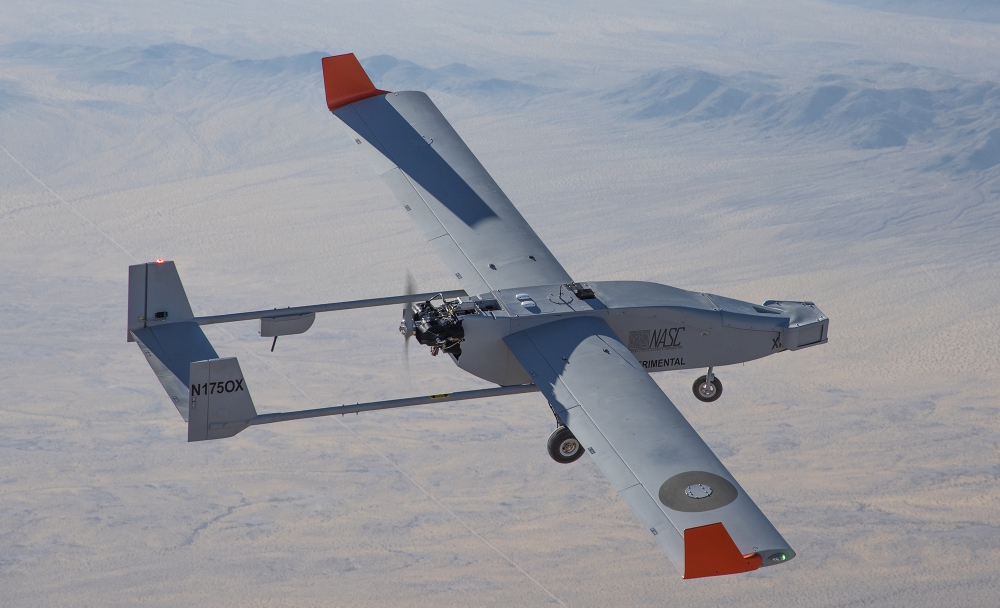
NASA’s UAS Integration in the NAS project, used the Navmar Applied Sciences Corporation’s unmanned TigerShark aircraft for its Flight Test Series Six project.
NASA and its partners are taking flying unmanned aircraft systems (UAS) closer to operating in harmony with other aircraft in the National Airspace System (NAS).
This new video from NASA Aeronautics provides a behind-the-scenes look into the technology and testing used during a nearly decade-long effort by its UAS Integration in the NAS project, along with the Federal Aviation Administration (FAA), in creating rules that certify unmanned aircraft to safely coexist with other air traffic.
Navmar Applied Sciences Corporation engineers and flight crew were featured in this video which highlighted the work that NASC Unmanned Systems Flight Team performed for the project and included exclusive ground and inflight video of TigerShark-XP as well as an interview with Bryan Hazlett, Vice President of the NASC Unmanned Aircraft Systems Sector.
The goal is to enable more routine access of UAS to the airspace for a growing number of new commercial and public service opportunities, such as real-time fire surveillance, infrastructure and pipeline inspections and medical transportation.
“The work that we are doing will contribute data required for those who come after us to know how to safely integrate this type of airplane into the national airspace,” said UAS NAS project manager Mauricio Rivas. “It has taken a lot of work to integrate manned airplanes into different parts of the airspace, and it will take the same level of effort, or perhaps more, to integrate unmanned airplanes.”
NASA began its UAS Integration in the NAS project in 2011. Work since then has included multiple simulation efforts and six flight test series that focused on validating these simulations, and on supporting the development of minimum operational performance standards (MOPS) for Detect and Avoid (DAA) systems.
Photo: NASA Photo / Jim Ross
Source: Press Release
